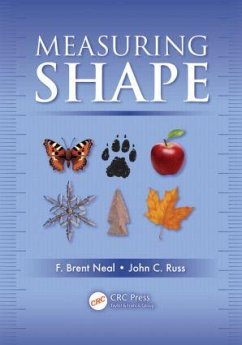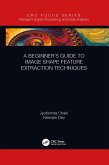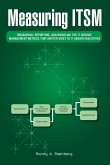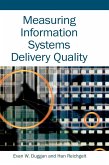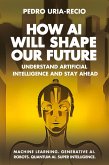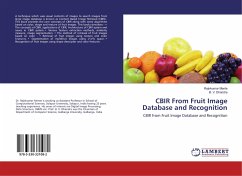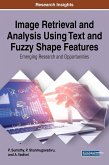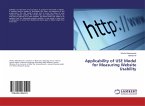"John Russ is the master of explaining how image processing gets applied to real-world situations. With Brent Neal, he's done it again in Measuring Shape, this time explaining an expanded toolbox of techniques that includes useful, state-of-the-art methods that can be applied to the broad problem of understanding, characterizing, and measuring shape. He has a gift for finding the kernel of a particular algorithm, explaining it in simple terms, then giving concrete examples that are easily understood. His perspective comes from solving real-world problems and separating out what works in practice from what is just an abstract curiosity."¿ -Tom Malzbender, Hewlett-Packard Laboratories, Palo Alto, California, USA Useful for those working in fields including industrial quality control, research, and security applications, Measuring Shape is a handbook for the practical application of shape measurement. Covering a wide range of shape measurements likely to be encountered in the literature and in software packages, this book presents an intentionally diverse set of examples that illustrate and enable readers to compare methods used for measurement and quantitative description of 2D and 3D shapes. It stands apart through its focus on examples and applications, which help readers quickly grasp the usefulness of presented techniques without having to approach them through the underlying mathematics. An elusive concept, shape is a principal governing factor in determining the behavior of objects and structures. Essential to recognizing and classifying objects, it is the central link in manmade and natural processes. Shape dictates everything from the stiffness of a construction beam, to the ability of a leaf to catch water, to the marketing and packaging of consumer products. This book emphasizes techniques that are quantitative and produce a meaningful yet compact set of numerical values that can be used for statistical analysis, comparison, correlation, classification, and identification. Written by two renowned authors from both industry and academia, this resource explains why users should select a particular method, rather than simply discussing how to use it. Showcasing each process in a clear, accessible, and well-organized way, they explore why a particular one might be appropriate in a given situation, yet a poor choice in another. Providing extensive examples, plus full mathematical descriptions of the various measurements involved, they detail the advantages and limitations of each method and explain the ways they can be implemented to discover important correlations between shape and object history or behavior. This uncommon assembly of information also includes sets of data on real-world objects that are used to compare the performance and utility of the various presented approaches.
Hinweis: Dieser Artikel kann nur an eine deutsche Lieferadresse ausgeliefert werden.
Hinweis: Dieser Artikel kann nur an eine deutsche Lieferadresse ausgeliefert werden.

